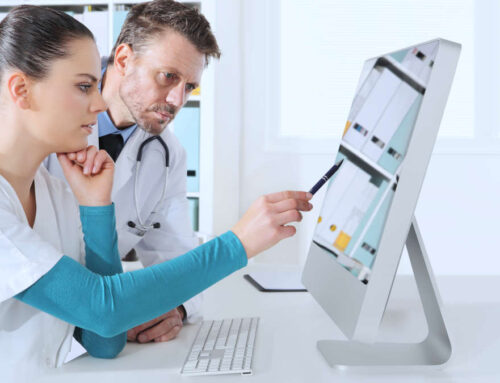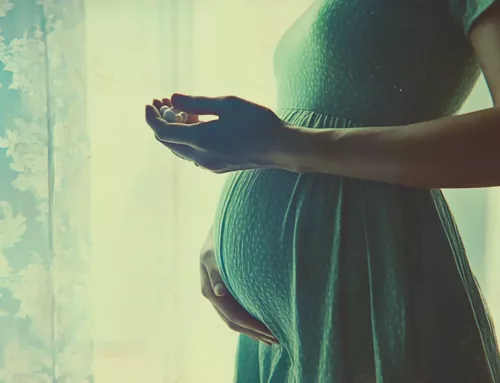“The new horizons of pharmacovigilance in Italy and Europe” is the session dedicated to pharmacovigilance held on Friday afternoon at the 58th AFI Symposium, during which the novelties and criticalities of the application of the new European ICH E2B R3 legislation were discussed. The intervention of Mr. Porcelli, Senior Inspector GVP (Good Pharmacovigilance Practice) Inspection and Certification Area of AIFA, made particular reference to the inspection activities and critical points in the inspections.
After a brief introduction by Mrs. Marra of AIFA, the first intervention was that of Mr. Porcelli, who illustrated the GVP, analyzing the inspection process and the various sections of which the inspection report is composed. It starts from preliminary contacts and programming until the announcement of the inspection with a program attached inspection; then there is true inspection phase which is divided into the opening meeting, the management and the final meeting; the inspection concludes with the drafting of the report, the sending of CAPAs (Corrective Action and Preventive Action), their acceptance and the final report on the implementation of the agreed ones.
He, then, provided some statistical data that showed that the total number of inspections decreased from 16 in 2012 to 8 in 2017 (in 2018 at the moment there are 3) for a total of 78 inspections over 6 years. This decrease is due to the fact that a single inspection team exclusively with AIFA personnel has remained active, because of the fact that a task force also composed of European inspectors is under implementation. From his long experience, Mr. Porcelli has pointed out good news: in the face of an increase in minor deviations, serious critical issues have decreased.
Finally, Mr. Porcelli answered questions raised by pharmaceutical companies clarifying that the MAHs must register all cases referring to the active ingredients of medicines, of which they hold an marketing authorization in the EEA, already submitted to EV by the National Competent Authorities of the Member States; and that they can decide whether to register those cases already reported by other MAHs, documenting and justifying this decision.
Given the lack of clarity on the modalities of action, the senior inspector revealed to the public that the PhV IWG (Pharmacovigilance Inspectors Working Group) asked to define clear criteria, in order to be able to objectively assess if the pharmacovigilance regulations were respected. This refers to all cases arising in the EEA and for which MAHs cannot exclude the ownership (GVP VI) of the medicinal product being reported (suspected or interacting).
At the end of the intervention, Mrs. Marra, moderator with Mr. Biffignandi of VI.REL Pharma and Mr. Magni of Assogenerici, took the floor to underline the importance of the inspections, not only to guarantee the adaptation legislation, but also as a training opportunity for the companies inspected.







